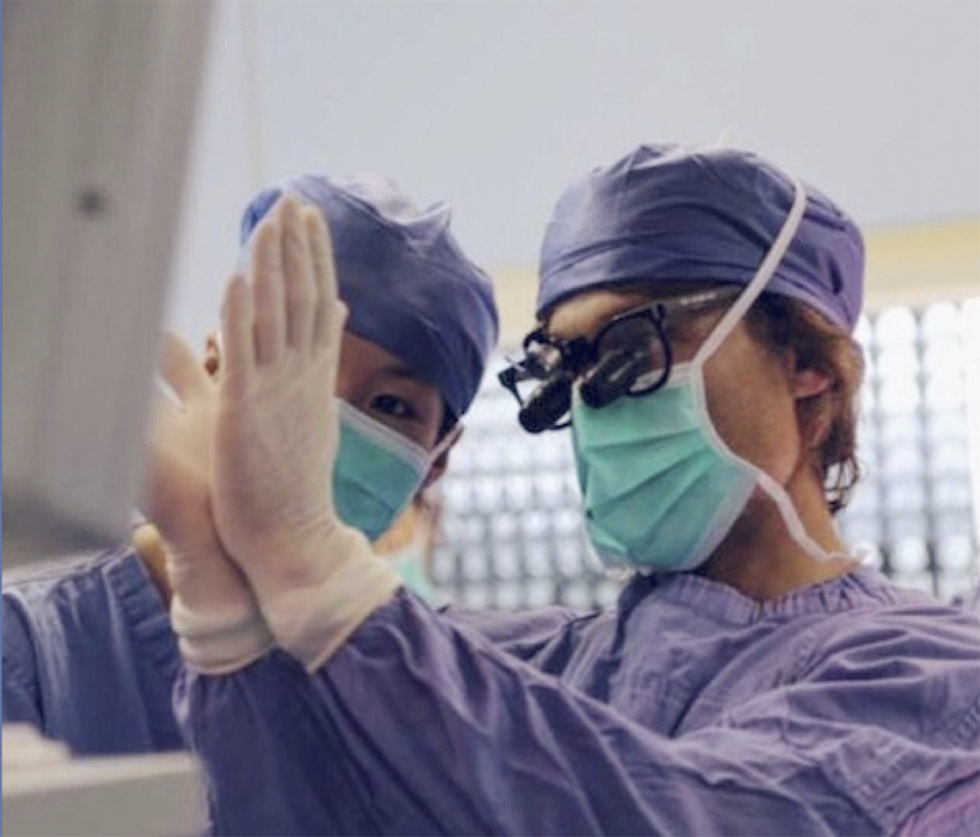Lower eyelid fat grafting (transfer) for filling depression (hollows) has become more common over the last 5 years (see link for patient examples https://drmassry.com/#/1-5.) Just because eyelid fat grafting has become more popular does not meant it is the right thing to do, or not associated with potential complications. Eyelid fat grafting involves taking frat from one area of the body and transferring it to the eyelids. Typically fat is harvested from the abdomen, inner thighs or other area and injected into the junction of the lower lid and cheek to fill the depression that exists there naturally, from aging or from previous surgery. This allows smoothing out the contour, potentially reducing dark circles, and improving appearance. Unfortunately, eyelid fat grafting can lead to irregularities (lumps/bumps) where it is injected which can be very bothersome and very difficult to remove.
The best way to prevent this complication is to use sound technique, be well versed in eyelid surgery and anatomy, have experience with the procedure, and understand what NOT to do. Even with all precautions taken into account irregularities can occur. This is because the body recognizes the transferred fat as foreign to the area and sets up an immunological inflammatory reaction against the fat. The reaction presents clinically (what we see and feel) as hard nodules.
The nodules can be treated with oral and injected (better) medications to smooth them out. Surgical removal can be complex and should be reserved as a last resort. Traditionally, surgeons have used steroid injections to the nodules. I have found these to potentially lead to tissue atrophy (more depressions) and thinning of already thin skin.
5 Fluorouracil is an anticancer drug which stops rapidly dividing cells. It has great utility in preventing and treating dermal scars (hypertrophic scars and keloids). 5 Fluorouracil admixed with a little steroid (for pain) can work very well (even better then steroids) for the nodules that can develop from eyelid fat grafting.


